Gone in a Flash - 5 Solid State Drives Compared
Solid state drives have been threatening to storm the mainstream performance segment for a while now. And with new MLC-based drives from OCZ and Patriot that have drastically reduced the entry price, it's time we rounded up some of the top drives from the usual suspects to find out who's the best of them.
By Vijay Anand -
SSD Drives - The Next Big Speed Boost
These days, upgrading to a new processor or adding more memory than required doesn't quite give you the same tangible feeling you once had when upgrading from a Celeron to a Pentium III. Platforms have progressed so much that the next big bottleneck in performance in a non gaming and non compute intensive context happens to be your storage drive. You get a much bigger perceived performance boost by upgrading your hard drive than upgrading from a dual-core to a quad-core processor.
Remember the speed boosts that you got from moving from a lowly 5400rpm drive to the 7200rpm drives, and in more recent times with the 10,000rpm drives? If those sound good, prepare to get a far bigger boost when you take the leap to solid state drives (SSD). Read on for our assessment of some of the fastest SSD drives money can buy and our findings. But just before that, we give you a primer on the state of SSD drives.
A Quick Flash Primer
The person who first coined the term 'flash memory' wanted to illustrate the speed of erasing the contents of the memory, which happens as quick as the 'flash' of a camera. Which is accurate, since flash memory involves manipulating voltages to change the internal state of the transistors within the memory cells and all that occurs on the scale of microseconds.
More than twenty years later, flash memory has moved from its initial use in ROM chips to becoming the future storage medium of choice for its speed and durability. As predicted by this article featuring its inventor, NAND flash has come to dominate the market and is now the latest trend in storage media.
While its cost has been prohibitive in the beginning, it has now dropped to a level that is acceptable to certain groups of users. Flash-based portable thumb drives are about as common as optical mice these days and solid state drives (SSD), the next frontier for flash memory storage has reached the consumer desktop in increasing numbers, especially in high-end notebooks.
The Reduced Cost of MLC
Besides the increased manufacturing capacity and advances in NAND flash technology, part of the reason for its falling cost is the entry of SSDs that use a different form of NAND flash technology, the Multi-Level Cell (MLC). This differs from the Single-Level Cell (SLC) design that can only hold 1-bit of information in each of its transistors. In MLC flash, the electrical charge applied is varied to create different states (there are four) and this results in 2-bits of information per cell, hence doubling the storage capacity.
The drawbacks however include having slower read and write performance, as due to the closer proximity between the voltages used to distinguish the states, more precautions need to be taken during read or write. However, the biggest difference between the two designs lie in something called memory wear. Basically, all NAND flash memory can only undergo a certain number of erase and write cycles before they wear out completely. For SLC NAND, this is around 100,000 cycles, but for MLC, it's an order of magnitude lower at 10,000. Hence, one usually finds enterprise class SSDs using SLC flash memory and the increasing number of consumer drives using MLC flash memory.
Although technologies like wear leveling ensures that all your memory cells are used as evenly as possible to lengthen the lifespan, it will be inevitable that one day, your SSD will not be able to work as usual. That doesn't mean that your data will be lost; it just means that one cannot write or erase the existing information on the drive. You can still read the drive. This will however take a long time, perhaps a time frame by which a typical hard drive might have either failed or would have been relegated to a lesser secondary role in the hands of the common DIY enthusiast.
It's a Brave New World
But just to illustrate the uncertainty surrounding such new technologies, recent issues emerged that showed Intel's X25-M SSD (which incidentally is part of our review today) slowed down after extensive use while SSDs like OCZ's Core that used JMicron's JMF602 controllers were prone to stuttering due to poor random write performance for small files. Intel has released firmware (which we've used as well) that appeared to have mostly resolved this issue while OCZ has changed tack with a new controller for its latest SSD.
Both the Intel and OCZ drives are in our roundup of some of the best SSDs available in the market now. We've asked almost all the common SSD vendors to send in their top 64GB SSD drives, but apparently for some strange reason only half of them were able to prepare review drives in time for our shootout; too bad for the rest of them. So for this article, we've drives from Kingston, OCZ, Mtron and Patriot, including the odd man out at 80GB from Intel.
While larger capacity drives have more memory channels and thus able to offer even faster read/write speeds, we opted to conduct the comparison for 64GB drives. Given the exorbitant price per gigabyte costs involved for SSD drives, we figured that 64GB is the probable sweet spot for enthusiasts to consider integrating these drives to their rigs for speedy system and application loading purposes. Let's face it, terabyte capacity drives are certainly the requirement for mainstream storage and SSDs won't get to such comfortable price points so soon.
With both SLC and MLC flash memory designs represented in this article, we hope to find out if the latest SSDs have finally shed themselves of teething problems and take up its position as the successor to mechanical hard drives (at least for certain usage scenarios). Here are the contenders with their crucial technical specifications:

The five solid state drives we'll be looking at today from Intel, Kingston, OCZ, Mtron and Patriot.
Model | Flash Memory Type | Controller | Onboard Cache | Advertised Sequential Read/Write Speeds |
Intel X25-M 80GB | MLC | Intel | 256KB |
|
Kingston SSDNow E-Series 64GB | SLC | Intel | 256KB |
|
Mtron PRO 7500 64GB | SLC | Mtron | 16MB |
|
OCZ Vertex 60GB | MLC | Indilinx 'Barefoot' | 64MB |
|
Patriot Torqx 64GB | MLC | Indilinx 'Barefoot' | 64MB |
|
Intel's Mainstream SSD
We had previously tested Intel's mainstream X25-M SSD in some real-world performance benchmarks, so this is our second look. Of course, the firmware for this unit has been updated to the latest version 8820, which is reported to alleviate the issue of the drive slowing down significantly once it gets heavily loaded.

The Intel X25-M is the company's 'mainstream' variant, which explains why it uses the less expensive MLC NAND flash memory.
The specifications for the X25-M, Intel's first 'mainstream' SSD, have not changed and its read speed of 250MB/s is one of the highest among the SSD drives, more so considering that it is based on MLC flash memory. The secret sauce is chiefly in its in-house firmware and controller, especially since this controller is capable of addressing ten channels of the flash memory at once while making use of Native Command Queuing (NCQ) to let it know ahead what data to grab first (albeit NCQ isn't very critical on SSDs as compared to HDDs).
It should be interesting to see how it fares against some of the newer competitors, considering that its asking price of US$314 retains a significant premium over other brands.

There was a slight dip in the performance a third into the test but the Intel X25-M still gave a very decent read speed of 180MB/s on the average.

Some information about the Intel X25-M.
E for Enterprise
Besides the mainstream variants, Intel has a more expensive enterprise class SSD in its lineup. Not only that, it also 'outsources' its technology to certain vendors so that they can package and sell them with their own brands. Kingston is one of those few vendors that has Intel's blessings when it comes to its SSD products.

Kingston is one of the few vendors that offers 'rebranded' Intel SSD drives, though the Intel logo is still prominently displayed. This is the E series, E for Enterprise and it uses SLC NAND flash.
The Kingston SSDNow E-series based on the Intel X25-E model, is aimed at the enterprise market and unsurprisingly is based on SLC flash memory. It's also extremely fast on paper, with read speeds that match the X25-M. The write speeds at 170MB/s is however much higher than the X25-M's 70MB/s. You can expect the internal controller to be similar to that of the X25-M however, since it's the SLC NAND flash that allows for its faster write speeds (and some firmware optimization). There's a price for that though, US$799 in fact, which is needless to say, more than twice that of the X25-M. This however, is the norm for drives based on the SLC flash memory.

Kingston's E-series showed why they are so highly valued with a consistently fast read speed.

No surprise here that the Kingston SSD shares similar characteristics as the Intel X25-M.
Professional Class SSD
While the brand Mtron may not be familiar to most consumers, the company is one of the earliest makers of SSD drives and the Mtron PRO 7500 is an example of its enterprise oriented products. As expected, it uses SLC NAND for the longer lifespan and while it once claimed to have the fastest SSD in the market with a write speed of 120MB/s, it's no longer so.

Unlike some brands that use controller chips from other vendors, Mtron makes its own SSD, from the firmware to the hardware. The Mtron PRO 7500 here is aimed at enterprise users.
Unfortunately, its read speed of 130MB/s is similarly surpassed by many others in this day and age. Unlike vendors who use third-party controllers, Mtron produces its own controller and it's the same for the PRO 7500. However, at close to a thousand US dollars, this drive fully lives up to its enterprise billing, at least for the price.

Mtron's PRO 7500 did not impress at all for its read performance, but to its credit, it did fare well with respect to its claimed specs.

No NCQ is among one of the more significant features that is lacking on the Mtron. It is however debatable if NCQ offers any gains on a SSD device since it's designed for the HDD world.
OCZ's New Start
After the issues that appeared from OCZ's Core series of SSD that used the JMicron JMF602 controller, the company has switched to a different controller from a new firm. Indilinx is a relatively new Korean-based SSD manufacturer established only three years ago and its 'Barefoot' controller forms the basis of OCZ's new Vertex series of SSD drives and as you'll see later, it's also present in the Patriot Torqx.

OCZ's latest Vertex series has found itself in the news recently with its affordable price tag and perceived value, along with high expectations of its Indilinx controller. As expected, its choice of MLC NAND is a reason for its lower price and a 64MB internal cache helps to accelerate reads for commonly accessed data.
There are two variants of the Vertex but we'll just be looking at the vanilla version, which is a MLC design that comes with an additional 64MB of cache to improve performance. The other version, the Vertex Turbo (which was just announced during the process of this review), boasts of even higher read and write speeds, apparently in part from an 'overclocked' cache. Not that the Vertex needs to go any faster, since at its specified 230MB/s for reads and 135MB/s for writes, it's already one of the faster SSD drives in the consumer space. Also, in case you're wondering, the Vertex is listed at 60GB instead of 64GB since that's the actual amount that's available to the user after formatting.
The 'Barefoot' controller is able to address four channels of memory (supports both SLC and MLC of which the latter is used on the Vertex) and makes use of the 64MB cache, one of the largest we have seen for a SSD to reduce latency and ensure that the stuttering issues are history. At US$229, it's also one of the more affordable SSD drives in the market now, making it instantly a viable choice for performance enthusiasts.

For its price, we were not expecting these numbers from the OCZ Vertex, which appeared to rival the Kingston SSDNow E-Series.

The Vertex has an additional tick beside interface power management.
Patriot Goes 'Barefoot'
Another notable memory manufacturer who has gone into the SSD market is Patriot and its latest Torqx series of drives uses the same Indilinx 'Barefoot' controller as that on the OCZ Vertex. This could explain why the specifications for the Torqx is almost identical to the OCZ Vertex. Both are MLC flash memory based SSD drives with 64MB of cache.

There are too many similarities between the OCZ Vertex and Patriot's Torqx, from the same Indilinx controller to the onboard cache. Both in fact have reported very similar read and write speeds.
At US$223, it's also in the same affordable price bracket as the OCZ Vertex and if it performs to its specifications, should pose a stiff question to Intel's expensive mainstream SSD.

While the Patriot Torqx performed decently here, we were surprised at the graph, which showed many minor fluctuations that was unlike the other SSDs. While the Patriot Torqx performed decently here, we were surprised at the graph, which showed many minor fluctuations that was unlike the other SSDs.

Here's the information page for the Patriot Torqx.
Test Setup
All the hard drives in this review, solid state and mechanical, were tested using the following system configuration:
- Intel Core 2 Duo E6300 (1.86GHz)
- MSI 975X PowerUp Edition (Intel 975X Express chipset)
- 2GB DDR2-667 RAM
- XpertVision GeForce 8600 GTS 256MB (ForceWare 186.18)
- Windows Vista Home Premium with Service Pack 1
You might have reservations on our choice of an older generation system, but we have done internal testing to ascertain that there are no notable differences even when testing was done on the latest Core i7 based system. Surprising, but it's true from our tests that the latest ICH10R Southbridge wasn't able to outclass the Core 2 system's controller. Take note that the Intel 975X Express chipset uses an ICH7R Southbridge which supports SATA 3Gbp/s standards and hence has the minimum requirements covered.
We ensured that the firmware version used for the various SSD drives are the latest publicly offered versions:
- Intel X25-M - version 8820
- Kingston SSDNow E-Series - version 8790
- Mtron PRO 7500 - version 0.20R1
- OCZ Vertex - version 1.3.0
- Patriot Torqx - version 1370
We also added the results for two mechanical hard drives in our comparison. The first is Western Digital's (WD) well-known 10,000RPM drive, the speedy WD VelociRaptor (WD3000GLFS) to represent the high-end enthusiast offering for storage and a 1TB 7200RPM WD Caviar Black (WD1001FALS) with a 32MB cache to stand in for an example of a typical hard drive currently.
Benchmarks
- CrystalMark 2004R3
- SiSoft Sandra 2009 SP3c
- PCMark Vantage
- HD Tune Pro 3.5
- Iometer (version 2006.07.27)
Results - CrystalMark 2004R3
We start off our benchmarking with CrystalMark, focusing only on the hard drive tests. From the overall score, the Kingston E-Series had a slight lead over the two SSDs from OCZ and Vertex that uses the Indilinx controller. Since this score is derived from the read and write performance of the drives, both sustained and random, the Intel X25-M is held back by its mediocre write performance despite its fast reads. Meanwhile, the Mtron SSD was marginally ahead of the Western Digital hard drives in the overall score. If anything, these results showed that the specifications for these drives can only be a rough guide to its actual performance.


Results - SiSoft Sandra 2009 SP3c
The next benchmark, SiSoft Sandra 2009 affirmed the general standing of these hard drives, with the Kingston outpacing the rest for reads and writes, as its specifications suggest. The OCZ Vertex and Patriot Torqx continued to perform well and should give the Intel X25-M some serious competition based on these numbers, especially with the Intel's weaker write performance.

Results - PCMark Vantage
We used PCMark Vantage to find out how these hard drives fared in real-world scenarios by focusing on the hard drive test suite. These tests range from gaming performance, to loading applications and media creation performance - all in all, testing a mix of read/write performance whose blend varies in each of the test scenarios. The overall score had the Kingston leading once again, with the Intel X25-M posting similar scores to the OCZ Vertex and Patriot Torqx. Mtron's SSD continued to lag behind the rest, though it's still very much ahead of the WD hard drives.
While the tests and results varied, the four SSDs (Intel, Kingston, OCZ and Patriot) were generally in the same ballpark when it comes to their performance. The Intel X25-M excelled for certain sections like importing pictures and startup time (both of which stresses the read performance) but faltered in the media related sections like Windows Movie Maker, which is to be expected since it tasks write performance of the SSD. This was not experienced by the Kingston E-Series since its specs allow it to excel a whole lot better for write performance.
The two SSD drives using the Indilinx controllers produced a very balanced performance and though they only emerged tops in the Windows Media Center test, their overall performance was commendable (with OCZ coming out a tad better). The only blemish here was the application loading test, where they were significantly slower than the Intel-based SSD drives that generally fare better on all of the read-oriented tests.









Results - HD Tune Pro 3.5
HD Tune Pro 3.5 was another benchmark to give a glimpse of the read and write performance of these SSD drives, which as one can see here, are generally superior to mechanical hard drives for reads. When it comes to write performance, only the Kingston SSD maintained top performance, no doubt due to its SLC flash memory design and Intel's controller. Once again, we have to highlight the Mtron, which had very similar and consistent read and write results, loses out to the others with its slower read performance.
OCZ's Vertex had a rather wide spectrum of results for its write performance, ranging from a minimum of 18.5MB/s to a maximum of 79.8MB/s. This was quite unexpected since the similarly designed Patriot Torqx had a more consistent performance. We double checked these results even on a different system altogether and they don't vary. That aside, the mechanical hard drives also proved to measure up in terms of write performance.


Moving on to the random read/write performance, the Intel and Kingston dominated the read section, with significantly higher I/O operations per second (IOPs) than the others. Here was also where the mechanical hard drives were clearly out of their league. The OCZ Vertex however was surprisingly bad when it came to random writes, much more so than the Patriot Torqx, which was leading the pack. This scenario is quite similar to the above set of tests.
The reason boiled down to its random access performance, which is the next set of results. For writes, the Vertex and to a lesser extent, the Mtron was slow, even slower than the WD hard drives. Meanwhile, the Torqx had the best random access result here, even beating the Intel-based drives, suggesting a better tuned drive.



Results - Iometer (Part 1)
We put these hard drives through the grind of Iometer, with different workloads and different I/O queue depth. We have kept the queue depth range from 1 to 5 so as to simulate the typical scenario faced by typical consumers. Going into deeper depths are better suited for very high transactional workloads, which is not typical of the target group.
For the 64k streaming reads, both the Intel-based drives got off to a great start but as the queue depth increased, the Indilinx-based SSDs caught up.

This was repeated somewhat for the 64k streaming writes, though in this case, it was the Vertex and Torqx catching up and surpassing the Intel X25-M at queue depth 5. However, Kingston's enterprise class SSD showed its superior SLC write capability by dominating here. Intel's X25-M is obviously held back by its lower rated write speeds.

Both the file and web server workloads had the Intel-based drives in the lead, with the Vertex and Patriot showing a steep improvement at queue depth 5. The Mtron PRO 7500 consistently finished at the bottom of the SSD drives here, but was still better than the best of the hard drives in certain situations.


Results - Iometer (Part 2)
Next, we have the average I/O response time (the lower the better of course), starting with 64k streaming reads. While all the drives were fairly similar at queue depth 1, they diverged as the queue depth increased, with the Intel-based drives again doing well. It was not till queue depth 5 before the OCZ and Patriot SSDs got back into the competition.

When it came to the writes however, the OCZ and Patriot SSD drives were significantly slower at the start compared to even the mechanical hard drives, improving only at queue depth 5. The Kingston drive was the best performer, with the Mtron slightly better than the Intel among the SSD drives.

When it came to the file and web server workloads, the SSD were leagues ahead of the WD hard drives, so much so that there was not much differences between the SSDs, with the Mtron a tad behind for the file server workload.


Conclusion
Even as we reached the end of this review of five of the best SSD drives in the market currently, with both SLC and MLC flash memory based drive represented, the rumors of the next SSD drive evolution that had been circulating on the internet were confirmed to be true. Intel has just released new 34nm SSDs that promised 25% lower read latency and double the write performance. With drive capacities remaining at 80GB and 160GB, these are the direct successors to the X25-M model we tested for this review. Ominously for its competitors, the 80GB version is priced at US$225, around the same price as the OCZ Vertex and Patriot Torqx, with likely better performance. The 160GB version is at US$440, down from almost a thousand US dollars.
As one may discern from the ratings breakdown table below, we found the Intel X25-M to be excellent for its performance. It was the premium price, albeit for 80GB and somewhat low write performance that stopped us from recommending it wholeheartedly. Now, with these new 34nm flash memory based drives, there is no debate. Just as how Intel surprised us all with MLC based SSDs that could compete with SLC based SSDs when the X25-M first came out, it now looks to do the same again with these newer revised SSDs, which will retail under the same naming scheme.
In fact, we are even tempted to crown the new 34nm Intel SSDs as the winner for this shootout, but we'll reserve that accolade after we've tried it out ourselves. Back to our five tested drives which are readily available in the retail channel as opposed to those new Intel drives, the below are our scoring breakdown, thus narrowing OCZ Vertex and Patriot Torqx for their value and good performance.
Performance | Features | Value | Estimated Street Price (US$) | |
Intel X25-M | 4.5 | 4.0 | 4.0 | US$314 |
Kingston SSDNow E-Series | 5.0 | 4.0 | 3.5 | US$799 |
Mtron PRO 7500 | 3.5 | 3.5 | 2.5 | ~US$999 |
OCZ Vertex | 4.5 | 4.0 | 4.5 | US$229 |
Patriot Torqx | 4.5 | 4.0 | 4.5 | US$223 |
We found the Patriot Torqx and OCZ Vertex to provide more than token competition to the Intel-based drives. Due in part to the lower write performance of the Intel X25-M, the Vertex and Torqx managed to compare well against the mainstream X25-M for a more balanced performance. It also helps that their affordability stood out. Given a choice between the two, we would go with the Patriot Torqx, since it managed better write performance scores and is more consistent all through our benchmarks (though OCZ is a close contender).
Despite that, we are betting that these companies are quaking in their boots now at the prospects of Intel's latest additions. Hopefully, we'll see some kind of response from them, but with Intel's commanding position in semiconductor technology, we aren't too optimistic.
As for SLC flash memory drives like the Kingston E-Series, despite the fact that it was undoubtedly the best performer, it also had one of the highest price tags. Enterprises will of course continue paying for this kind of quality, especially the longer lifespan but then they may also be looking at SAS interface versions instead of SATA. Nevertheless, it has a much brighter future than the Mtron PRO 7500, which appeared to be at least one generation behind the current SSDs in performance. It performs to it specifications, which might have been great a year ago, but not now.
With Windows 7 designed to be SSD friendly, the time is nigh for NAND flash to take over the consumer desktop surely and steadily for the next boost in performance while hard drives would increasingly take up the role for mass storage needs.
Update: The reaction from third party vendors to Intel's new drives has happened. OCZ is the first to announce price cuts for its existing drives. The Vertex drive reviewed here is now slashed to US$190, though OCZ expects this new recommended retail price to take effect in the next couple of weeks. It's certainly good news for prospective buyers hoping to upgrade to a SSD. Believe us, it beats getting a new processor in most cases.
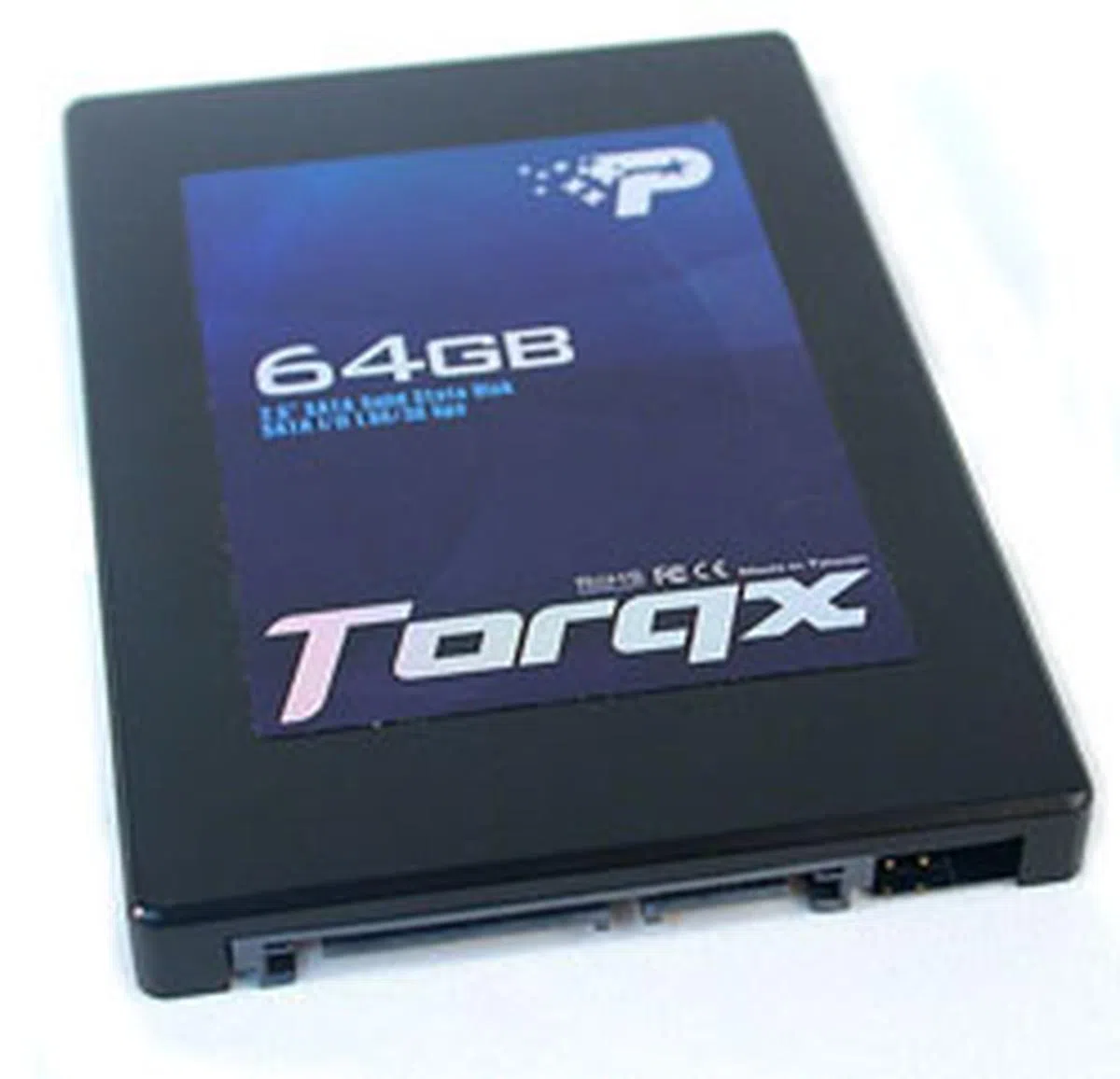 |  |
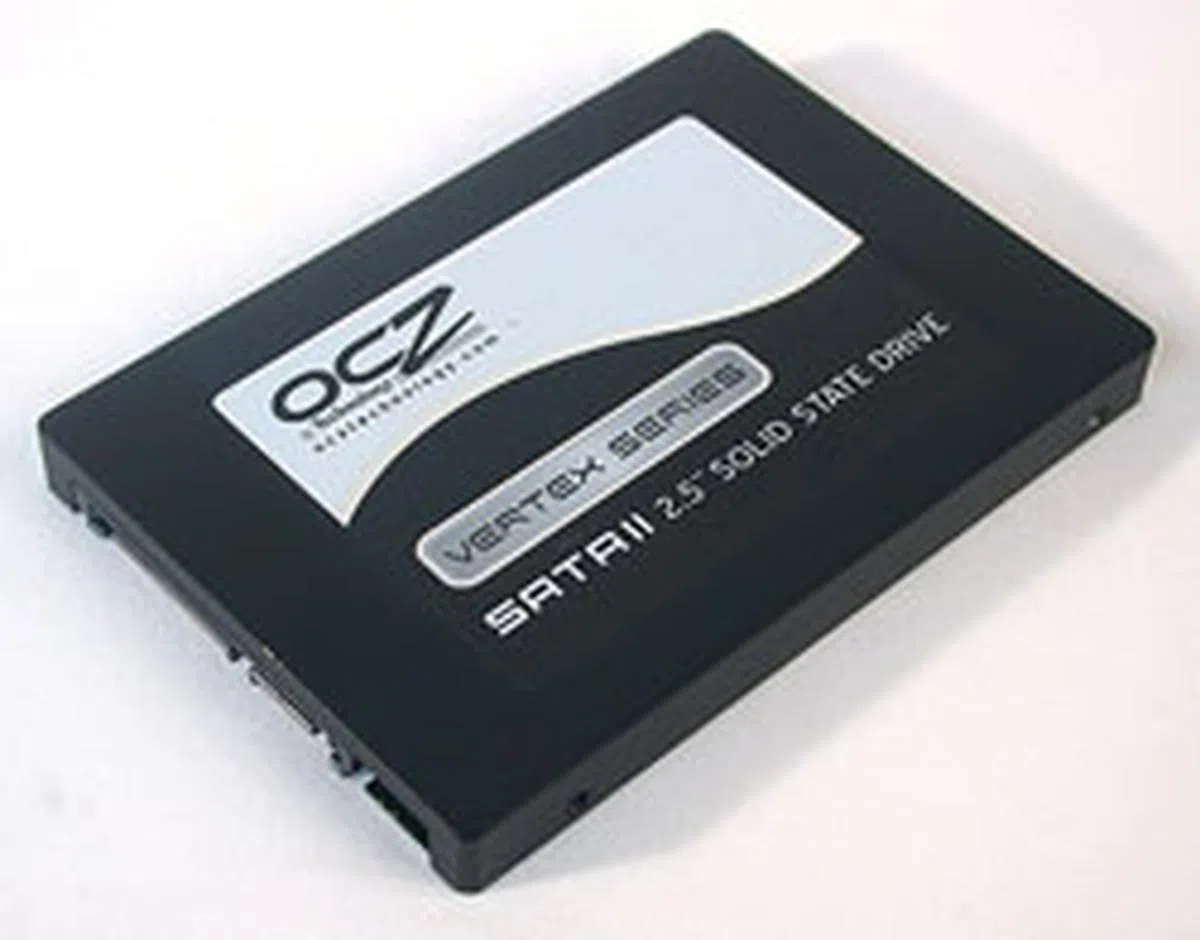 |  |
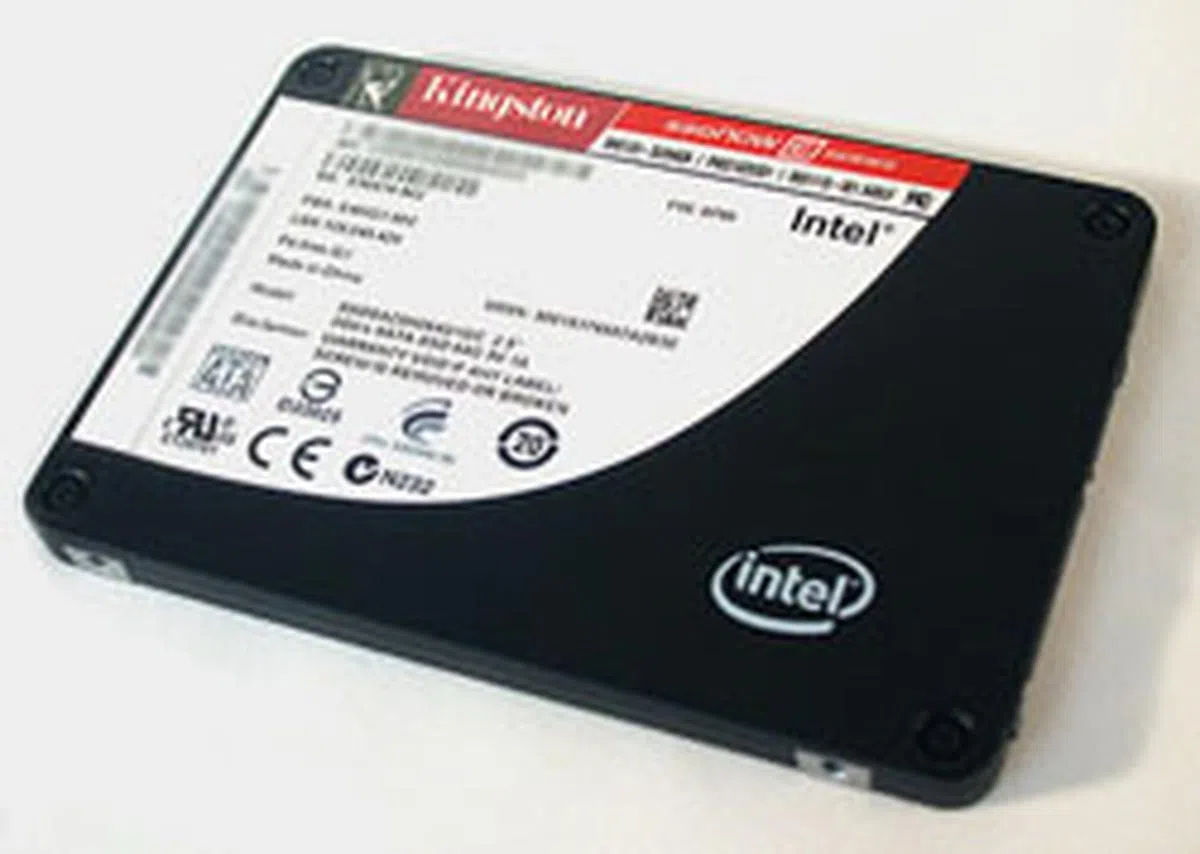 |  |
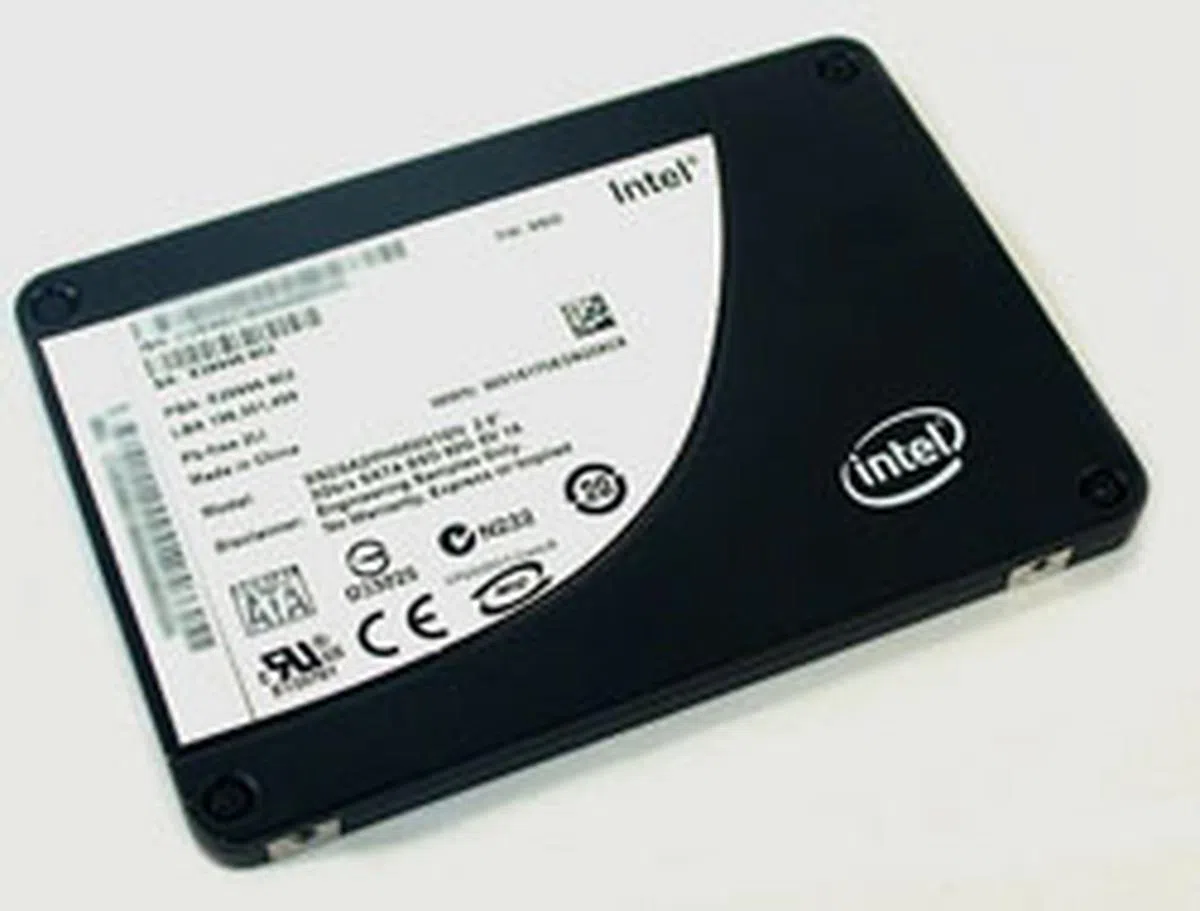 |  |
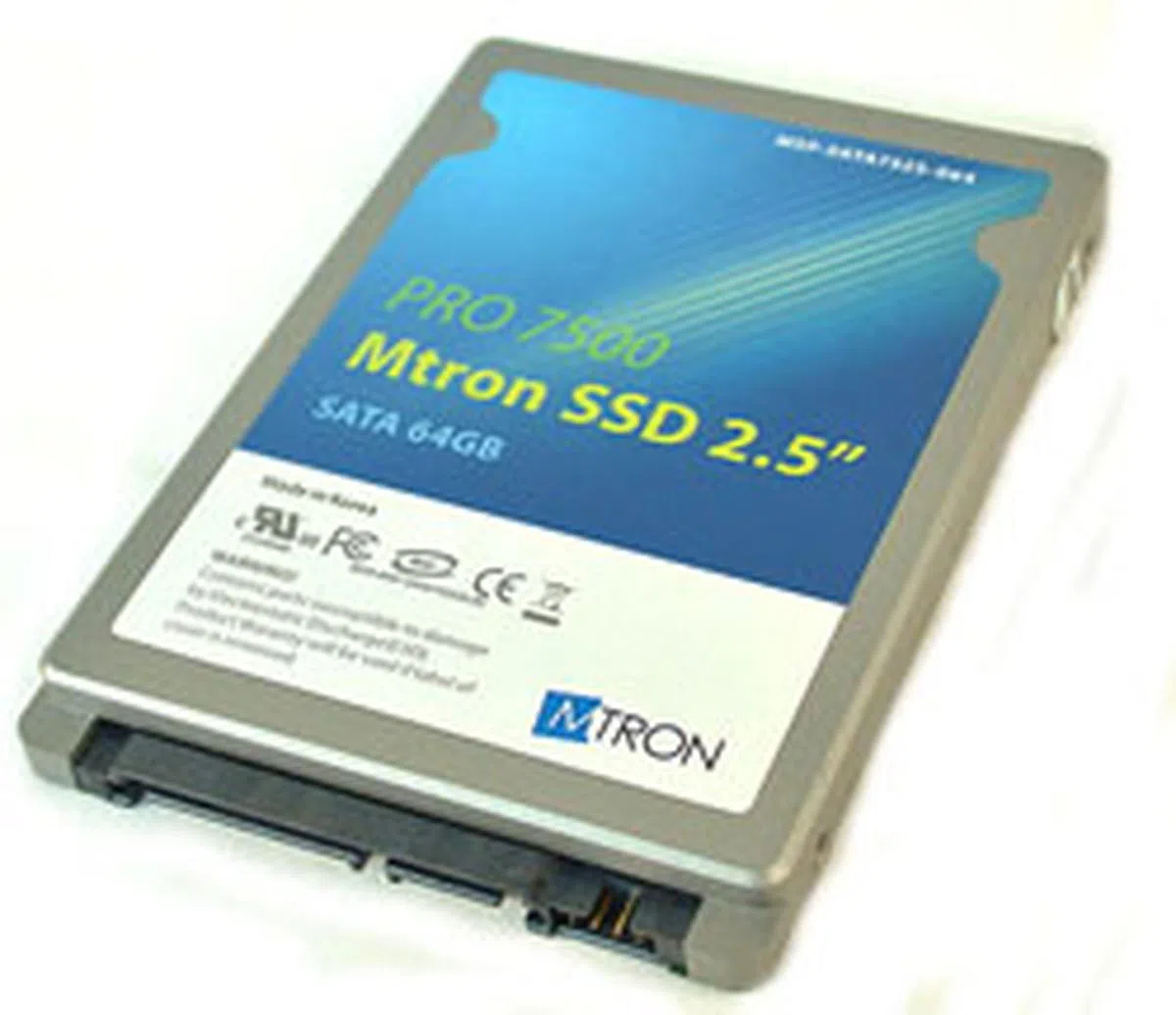 |  |
Our articles may contain affiliate links. If you buy through these links, we may earn a small commission.